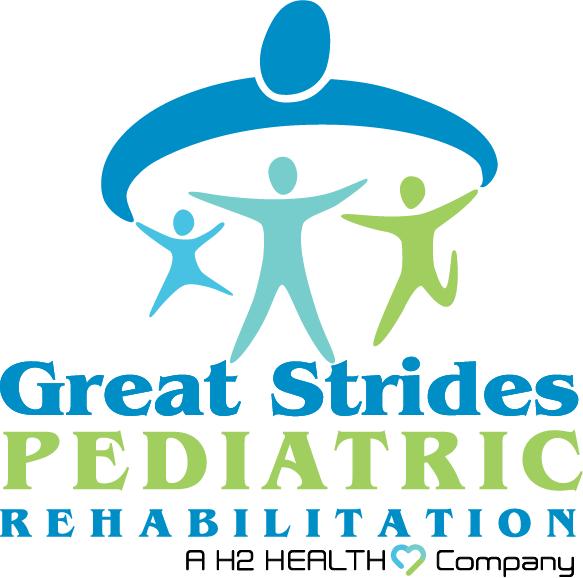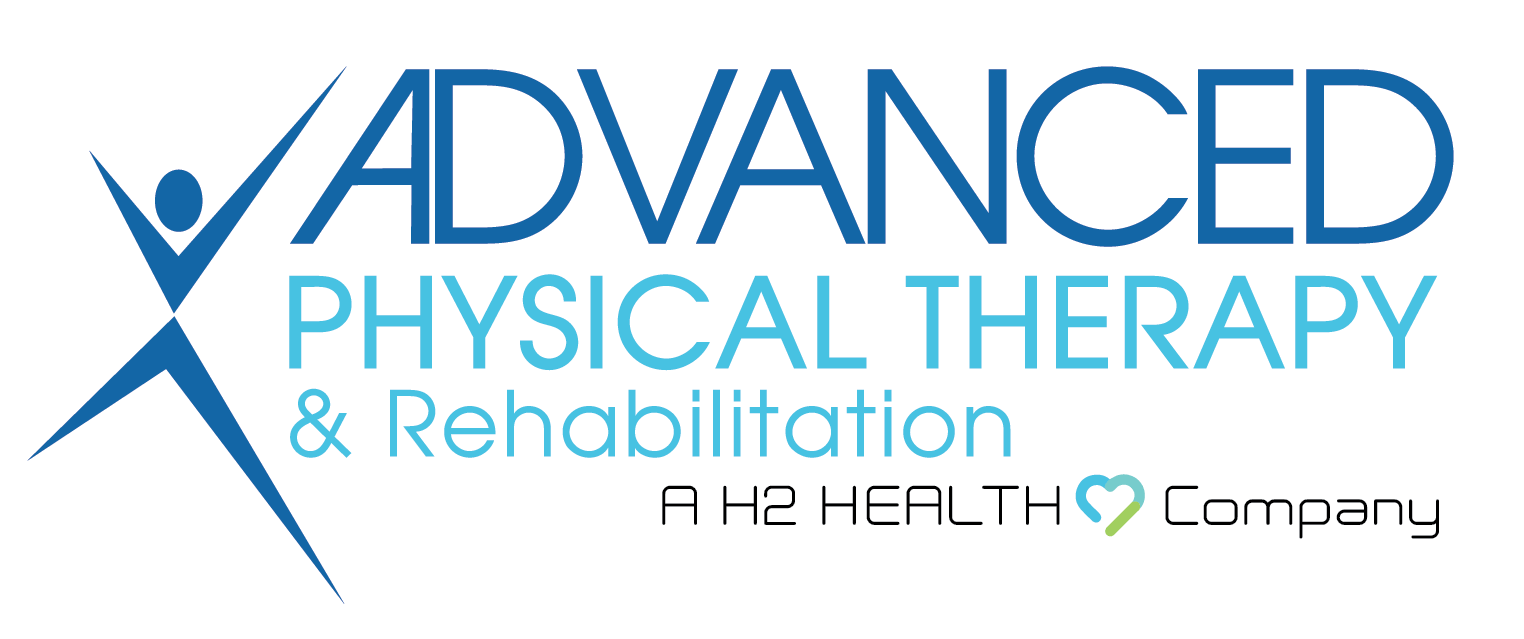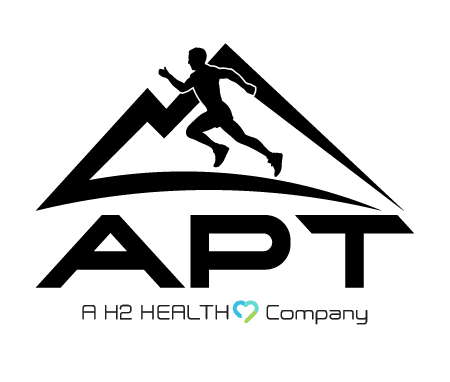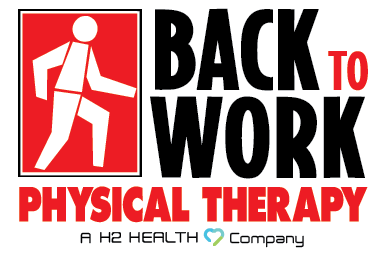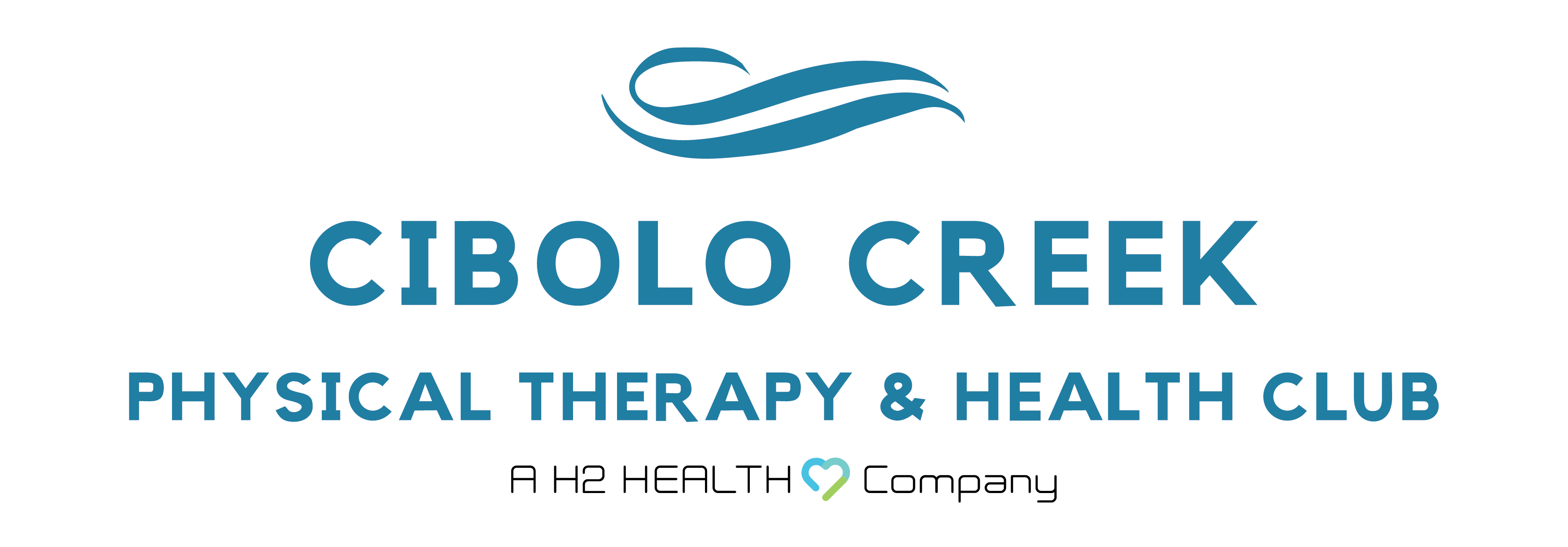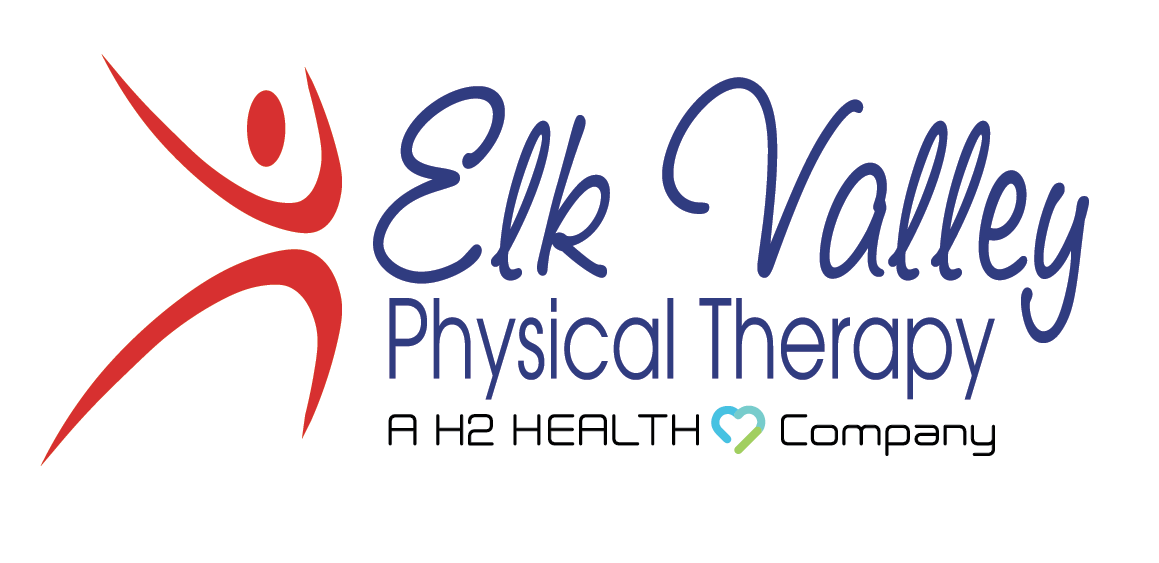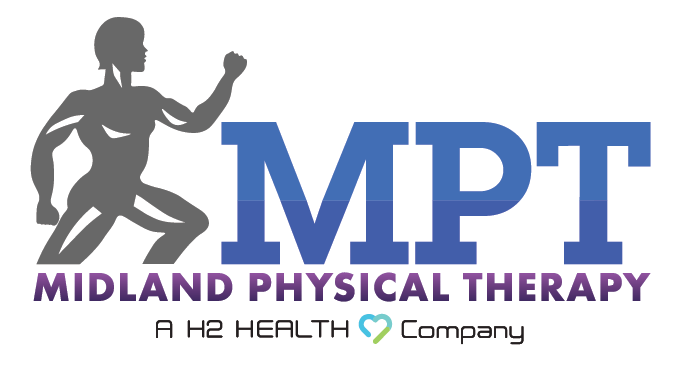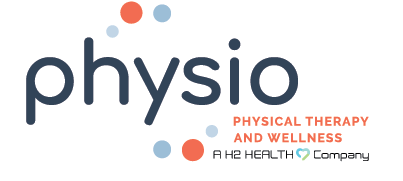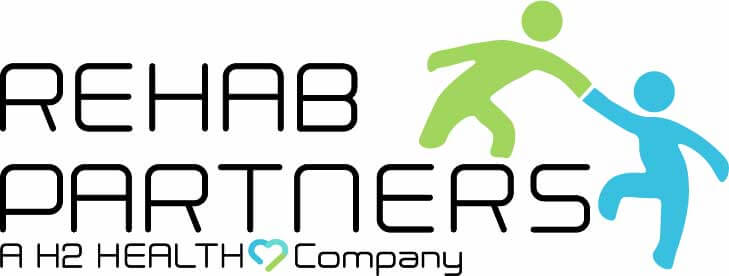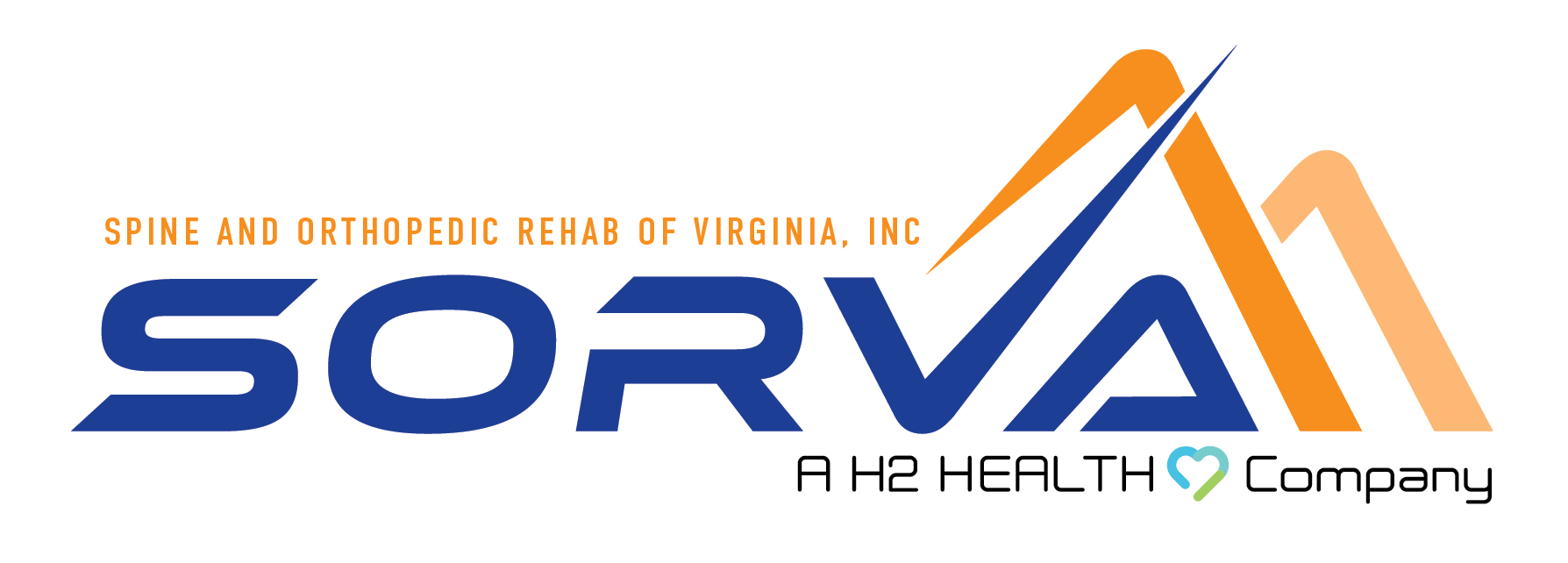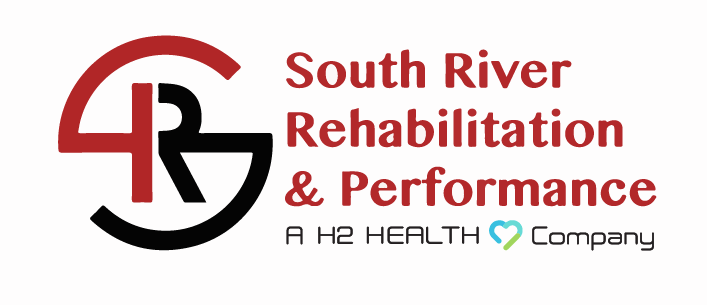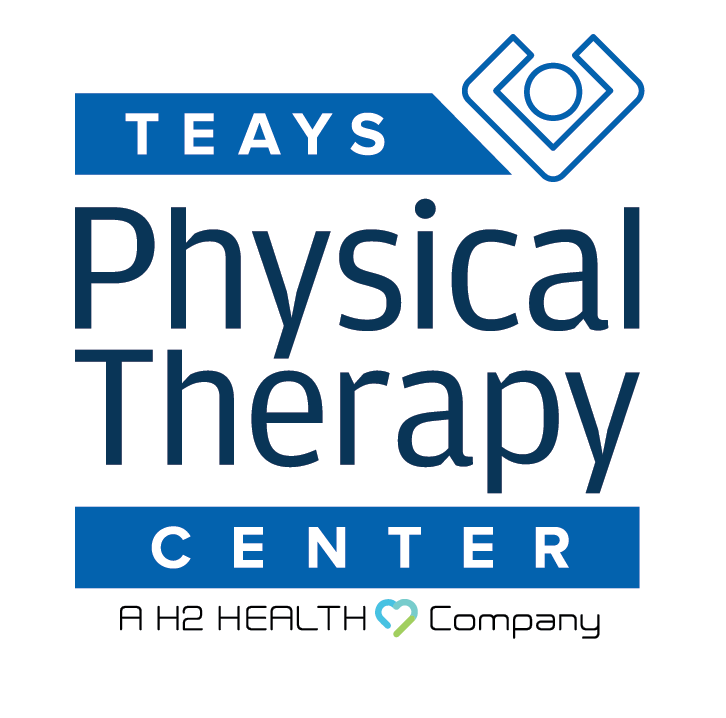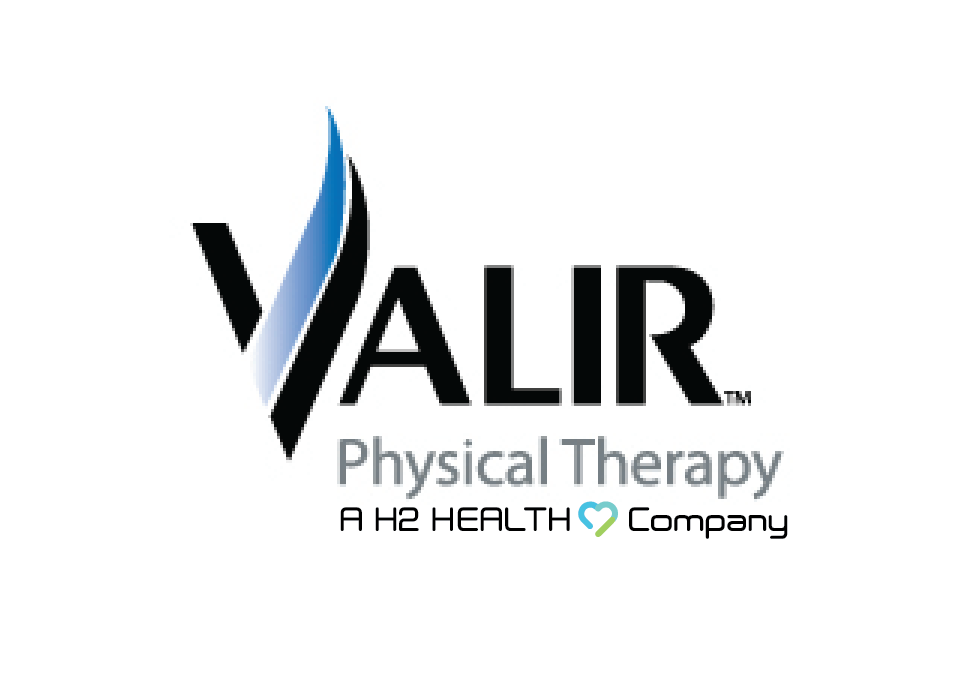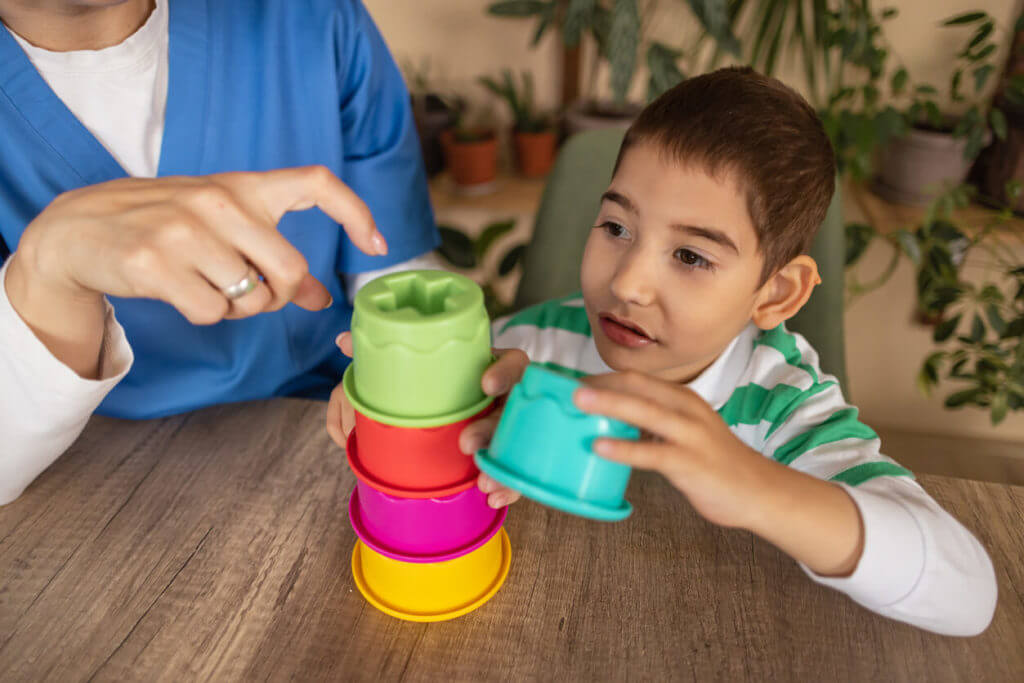
As parents, we want nothing more than to see our children thrive in all aspects of their lives. When a child faces developmental challenges, it can be overwhelming to know where to turn. Occupational therapy (OT) offers a practical and empowering solution designed to help children build essential skills for everyday living.
Whether it is improving motor skills, enhancing social abilities, or becoming more independent, OT provides a personalized approach to foster growth and success for kids.
What is Occupational Therapy?
Occupational therapy focuses on helping individuals develop, recover, or maintain the skills needed to perform everyday activities. For children, this often means improving fine motor skills, sensory processing, or problem-solving abilities to help them succeed at home, school, and in social settings.
Unlike physical therapy—which focuses on improving a person’s ability to move and function physically—OT centers around activities such as playing, writing, or tying shoelaces that are important for a child’s development.
Occupational therapy isn’t just beneficial for children with developmental delays. It also supports kids managing medical conditions like autism spectrum disorder (ASD), ADHD, cerebral palsy, and sensory processing disorders.
Key Benefits of Occupational Therapy for Children
Occupational therapy provides many life-changing advantages for children of various ages and abilities. Here’s a closer look at how OT can help your child unlock their full potential.
1. Improves Fine Motor Skills
Many children struggle with activities that rely on precise movements of their hands and fingers, such as holding a pencil, using scissors, or buttoning a shirt. Occupational therapy offers targeted exercises and techniques to improve these fine motor skills.
For example, an occupational therapist might use activities like bead stringing or playing with modeling clay to strengthen a child’s grip and dexterity.
2. Enhances Sensory Processing
Some children may find certain sensory stimuli—like loud noises, bright lights, or specific textures—overwhelming, while others may not react strongly enough. This is called sensory processing dysfunction.
Occupational therapists use sensory integration therapy to help kids better process and respond to sensory input. Activities might include using swings, brushing techniques, or weighted blankets to desensitize or stimulate specific sensory systems effectively.
3. Boosts Social and Emotional Skills
Navigating social interactions can be tough for children who struggle with communication or emotional regulation. OT helps kids practice key interpersonal skills, such as taking turns, sharing, and expressing emotions appropriately.
Role-playing and group activities are often part of an occupational therapy session. These allow children to build confidence and learn how to interact positively with peers in a safe and structured environment.
4. Promotes Greater Independence
From brushing teeth to packing a school bag, many “everyday” tasks require specific skills that can be challenging for kids with developmental delays or disabilities. Occupational therapy teaches children practical strategies for self-care activities, helping them become more independent.
The focus here is customizing interventions to a child’s specific needs—whether that means introducing visual prompts, breaking tasks down into smaller steps, or introducing therapeutic tools like adaptive utensils.
5. Strengthens Problem-Solving and Cognitive Abilities
Occupational therapy often includes exercises targeting executive functioning skills—such as planning, organization, and attention to detail. This kind of support can benefit children struggling with tasks like following instructions, completing homework, or participating in structured activities.
Therapists might incorporate age-appropriate puzzles, memory games, or visual schedules to foster better decision-making and focus.
What is the Difference Between Occupational and Physical Therapy?
While both occupational therapy (OT) and physical therapy (PT) aim to improve overall quality of life, they address unique needs.
Focus
- OT focuses on helping children develop the skills needed for daily activities such as self-care, school tasks, and play.
- PT focuses on improving physical movement, strength, and coordination (e.g., helping a child regain mobility after an injury).
Tools and Techniques
- OT often uses adaptive equipment, sensory integration tools, and fine motor exercises.
- PT uses stretching, strengthening exercises, and mobility aids like braces or walkers.
Therapy Goals
- OT helps children participate in meaningful activities based on their individual interests and developmental stage.
- PT aims to improve physical capabilities to support overall movement and function.
While they differ in focus, OT and PT complement each other, and many children benefit from a combination of both therapies.
How H2 Health Can Aid Your Family
At H2 Health, we are passionate about helping kids reach their full potential through compassionate and expert care. Our pediatric occupational therapists tailor individualized treatment plans to meet your child’s unique needs, ensuring every session is engaging, constructive, and fun.
Here is why families love working with us:
- Expert Curation: Our team is made up of highly trained therapists with extensive experience in pediatrics.
- Customized Goals: Every therapy plan is tailored to your child’s strengths, challenges, and developmental milestones.
- All-Inclusive Approach: We collaborate with parents, teachers, and healthcare providers for comprehensive care.
- Family-Centered Care: We provide parents with resources, strategies, and advice to support their child’s progress at home.
Whether your child needs help improving fine motor skills, navigating sensory challenges, or handling social interactions, H2 Health is here to guide your family every step of the way.
Pediatric Occupational Therapy at Great Strides Rehabilitation in Jacksonville, Orange Park, New Smyrna Beach, Callahan, Yulee, and Tallahassee, FL
The benefits of occupational therapy extend far beyond the therapy room. With trusted experts guiding your child, they can build skills, overcome challenges, and thrive in every aspect of life.
If you are looking to support your child’s growth, schedule an appointment at your preferred Great Strides Rehabilitation location today. You can also request an appointment by filling out this form. Together, we will create a plan to help your child succeed.
Citation:
Occupational therapy for children: What Is Pediatric Occupational Therapy?

